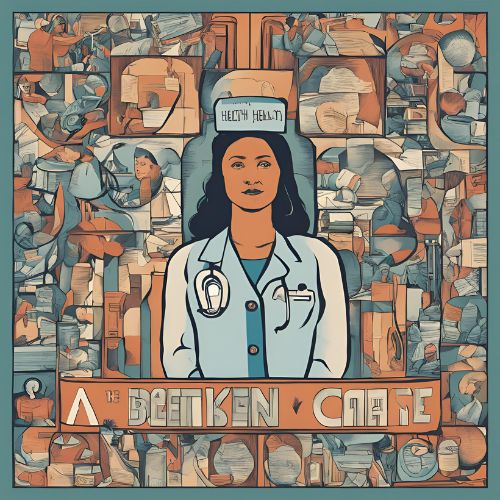
In recent years, discussions surrounding the state of healthcare systems worldwide have intensified. This article delves into the complexities of what constitutes a broken healthcare system, the factors contributing to its inefficiencies, and potential solutions to address these pressing issues.
📊 Understanding the Impact of a Broken Health Care System
🏥 Definition and Scope
A broken healthcare system refers to a system that fails to provide adequate and equitable healthcare services to all individuals within a population. This encompasses issues such as accessibility, affordability, quality of care, and systemic inefficiencies.
🌍 Global Perspectives
Different countries face unique challenges within their healthcare systems, influenced by factors like government policies, economic disparities, technological advancements, and demographic shifts. Understanding these nuances is crucial for addressing specific issues effectively.
📋 Common Challenges in Healthcare Systems
💉 Access to Care
✅ Icon: 🚪
- Description: Many individuals face barriers to accessing healthcare services, including geographical constraints, financial limitations, lack of insurance coverage, and inadequate healthcare infrastructure in rural or underserved areas.
💰 Cost and Affordability
✅ Icon: 💲
- Description: Rising healthcare costs, including medical treatments, medications, and insurance premiums, place financial burdens on individuals and families, often leading to delayed or deferred medical care.

🏥 Quality of Care
✅ Icon: ⭐
- Description: Disparities in healthcare quality and patient outcomes highlight deficiencies in healthcare delivery, patient safety, medical errors, and variability in clinical practices across healthcare facilities.
📉 Systemic Inefficiencies
✅ Icon: 🔄
- Description: Administrative complexities, bureaucratic inefficiencies, fragmented care coordination, and inadequate health information systems contribute to inefficiencies within healthcare systems.
💼 Addressing the Challenges: Potential Solutions
🌟 Healthcare Reform
✅ Icon: 🏛️
- Description: Implementing comprehensive healthcare reforms, including policy changes, regulatory reforms, and healthcare financing strategies, to enhance accessibility, affordability, and quality of care.
🎓 Education and Training
✅ Icon: 📚
- Description: Investing in healthcare workforce development, training programs, and continuing education to enhance clinical skills, cultural competency, and patient-centered care practices.
🌐 Technological Integration
✅ Icon: 💻
- Description: Leveraging digital health technologies, telemedicine, electronic health records (EHRs), and artificial intelligence (AI) to improve healthcare delivery, patient monitoring, and health information management.
🤝 Community Engagement
✅ Icon: 🤲
- Description: Promoting community-based healthcare initiatives, preventive care programs, health literacy campaigns, and partnerships with community organizations to address social determinants of health.
🏁 Conclusion
A broken healthcare system presents multifaceted challenges that require concerted efforts from policymakers, healthcare providers, stakeholders, and communities to implement sustainable solutions. By addressing issues of accessibility, affordability, quality of care, and systemic inefficiencies, healthcare systems can evolve to meet the evolving needs of populations worldwide.
In conclusion, navigating the complexities of a broken healthcare system involves identifying root causes, advocating for systemic reforms, embracing innovation, and prioritizing patient-centered care. Through collaborative efforts and proactive measures, healthcare systems can strive towards achieving equitable access to high-quality healthcare services for all.



















